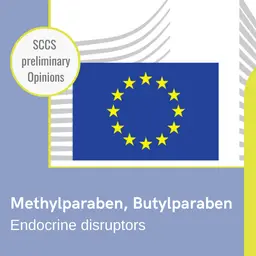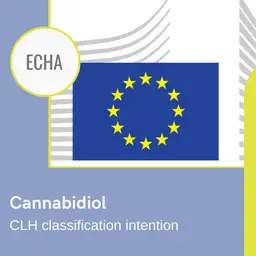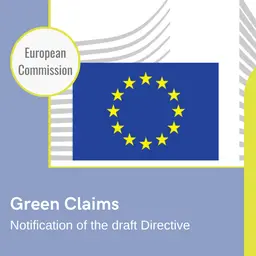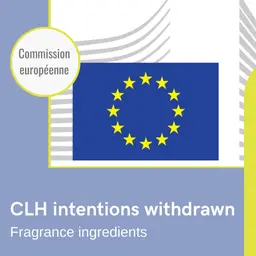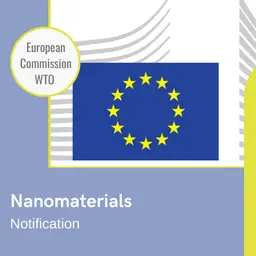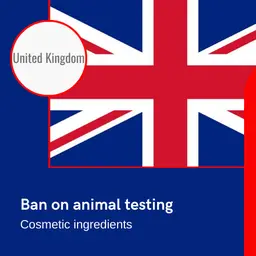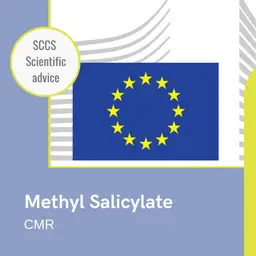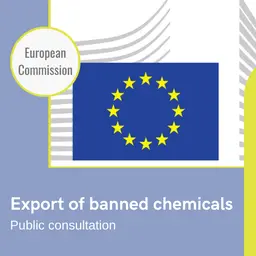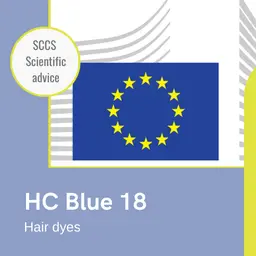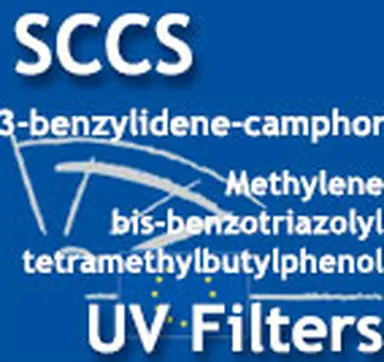
One is suspected by France to act as an endocrine disruptor, the other is used as a nanomaterial: 3-benzylidene-camphor and Methylene bis-benzotriazolyl tetramethylbutylphenol are on the CSSC program evaluation, to remain, or be listed in the annex of the Cosmetics Regulation listing the permitted UV filters.
3-benzylidene-camphor
Background
3-benzylidene-camphor (CAS: 15087-24-8) is currently regulated in the Cosmetics Directive in Annex VII, part 1 n.19 ("List of permitted UV filters which cosmetic products may contain") in a concentration up to maximum 2%.
In October 2011, the French authorities notified the Commission that on 24 August 2011 the Agence française de sécurité sanitaire des produits de santé (AFSSAPS), adopted a Decision, which was published in the Official Journal of the French Republic on 17 September 2011.
The Decision adopted prohibits, as a safeguard measure in accordance with the provisions of Article 12(2) of the Directive 76/768/EEC, the manufacture, import, export, wholesale distribution, placing on the market free of charge or against payment, holding with a view to sale or distribution free of charge and use of cosmetic products containing 3-benzylidene camphor.
The AFSSAPS report states that the hazard characterization for this substance is considered incomplete. In addition, the no observed adverse effect level (NOAEL) and the cutaneous absorption rate used by the AFSSAPS in connection with the risk assessment results in insufficient margin of safety to ensure consumer safety in accordance with the SCCS’s notes of guidance2. Finally, as endocrine disruption effects were observed in the studies published …

